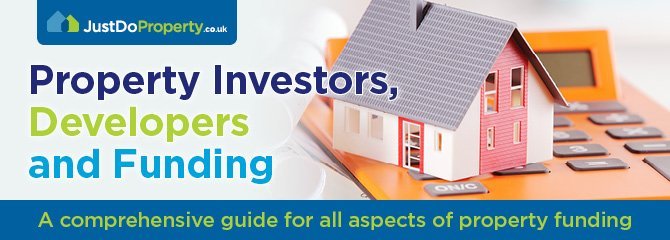
These days, good investment opportunities are few and far between. It used to be the case that you couldn’t lose with property, but the buy-to-let market has cooled off markedly. A housing market in slowdown, extra stamp duty land tax on second homes, stricter mortgage lending requirements and new taxes on rental income – no wonder that many residential property investors and private landlords are on the lookout for new opportunities with better returns.
Buying a holiday homes in the UK could be one attractive proposition. Britain has an enviable coastline, and whether you discover the long sandy beaches in Camber Sands, enjoy the rugged beauty of Cornwall or explore the charms of the Scottish Highlands and Islands, there’s much to attract domestic and foreign tourism by the bucket and spadeful. And with Sterling having taken a bit of a battering recently, plus the insecurities surrounding Brexit, we can expect increasing numbers of holiday makers to head to UK holiday cottages in the summers to come.
More pertinently, gross yields for furnished accommodation have been known to reach 12%, and there are various tax advantages that traditional BTLs don’t qualify for. Are you sitting up and taking notice yet?
What tax benefits?
Compared to a regular property rental, furnished holiday accommodation benefits from more generous tax breaks. While there’s nothing much you can do about the 3% SDLT surcharge for additional property purchases, you can claim mortgage interest tax relief and offset furnishing and maintenance costs from your pre-tax profits.
If you register your holiday cottage as a business, you won’t have to pay Council Tax either, and you may be able to minimise your exposure to local business taxes. When you sell your holiday home, there’s a variety of tax reliefs available to help you keep your Capital Gains Tax exposure low.
However, your furnished holiday let (FHL) must be available to rent for a minimum of 210 days, and actually let for at least 105 days a year in order to qualify for FHL tax benefits.

What rental yield?
The amount of rent you can charge for your holiday cottage will depend on a variety of factors, the major one being your occupancy rate and the length of the holiday season. The latter is around 21-24 weeks on average, though this obviously depends on your location, your target market and what exactly you are offering. The West Country, and Cornwall in particular, commands crazy peak summer prices but tails off in the wintertime. The Yorkshire Dales, by contrast, gets visitors all year round.
If you are tempted to invest in holiday property, do make sure that you scrutinise the seller’s books before you commit, and double check that their projected rental income is based on evidence, not smoke and mirrors. A reputable holiday letting agent should be able to give you sensible advice as to the sort of rental income you can expect to receive.
You should also be aware that a furnished holiday apartment or cottage comes with higher outgoings than a regular property rental. In addition to the mortgage and insurance, there’s utilities, cleaning and maintenance to pay, and you may need a management agent if you’re unable or unwilling to manage the bookings yourself. While the total outgoings may make a large dent in your gross income, you should still expect to earn somewhere in the region of 6% net.
What location?
It goes without saying that the right location is a key decision for the success of your investment. A good position in a popular tourist destination means you’ll have no problem charging exorbitant rents prices – a secure income stream for many years to come. Bargain buys may turn out to be a bad investment if you’re struggling to get the bookings.
In addition to location, there’s parking and transport links to consider, and it also crucially depends on the kind of audience you are hoping to attract. Some may be looking for a remote hideaway, while others prefer the convenience of local attractions nearby.
Take a look at what’s available locally. Is there a beach? Can you walk to the shops or town centre? What about cafes and restaurants, bars and clubs? Countryside walks, family entertainment, places to see and things to do? Whatever holiday property takes your fancy, make sure that it all adds up to a rentable proposition.
What are you offering?
Finally, don’t lose sight of the fact that your holiday cottage is a business venture. Before you buy any property, make sure you have done your homework regarding who your customers are. Define your target market and understand what it is they’re looking for, then make sure that your marketing efforts reach the right people.
Are you going to cater for romantic couples, hen or stag parties, young families with kids, elderly couples with dogs? Holiday homes with flexible bedroom accommodation and generously proportioned living rooms are very popular, and 2-3 bedroom properties with ensuite facilities are most sought after.
Make sure your guests feel pampered and indulged by offering facilities that are not only charming and unique, but perhaps include features that they wouldn’t have at home. Everybody expects central heating, but an additional open fire or woodburning stove offers a cosy ambience that’s perfect for a holiday. Outdoor space is always a winner, even if it’s just somewhere nice to sit with a glass of wine, enjoying the view and the peace and quiet.
- Selling a House in a Trust After Death: What You Should Know - April 18, 2024
- Maximising Your Home’s Potential: The Ultimate Renovation Checklist - April 16, 2024
- Key Tips on Managing Your Property Portfolio - April 16, 2024



